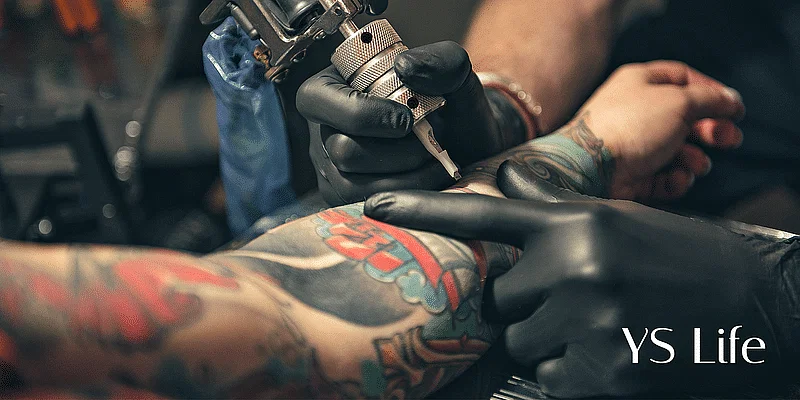How to Become a Tattoo Artist 5 Steps to Follow

Found on the skin of mummies that date to the Neolithic period, tattooing has been around for a long time!
The art of tattooing is a captivating form of self-expression that continues to gain popularity across the globe. However, becoming a tattoo artist requires more than just artistic talent; it demands dedication, skill, and an understanding of the craft.
If you have a passion for tattooing and aspire to become a professional artist, this article will guide you through five of the core steps to embark on your journey toward becoming a successful tattoo artist.
Develop Your Artistic Skills
This is a bit different from traditional drawing; after all, you can’t rub tattoos out!
Becoming a proficient tattoo artist starts with honing your artistic skills. Begin by building a solid foundation in drawing and illustration. Practice different techniques, experiment with various mediums, and explore diverse styles to broaden your artistic horizons. Enroll in art classes or workshops to learn new techniques, study the works of renowned tattoo artists, and attend art exhibitions to gain inspiration.
Developing a versatile artistic style will allow you to cater to a broader range of clients and establish your unique identity as a tattoo artist. Also, make sure you get a grasp of the best tattoo supplies, such as inks, pens, and cartridges, as this will help you learn about the tools you will need to help you become the best.
Seek an Apprenticeship
One of the most crucial steps in becoming a tattoo artist is finding a reputable apprenticeship. Tattoo apprenticeships provide invaluable hands-on experience under the guidance of experienced artists. Seek out established tattoo studios or artists who offer apprenticeship programs. Research their portfolios, reputation, and the quality of their work to ensure they align with your artistic aspirations.
During your apprenticeship, you will learn the technical aspects of tattooing, hygiene, and sterilization practices and gain insights into the business side of the industry. Embrace this learning opportunity, be humble, and respect the knowledge imparted by your mentor. Be prepared for the long hours, mundane tasks, and the importance of perfecting the basics. Remember, the apprenticeship is a stepping stone to build a strong foundation for your tattooing career, and each part is essential.
Build a Portfolio
As you progress in your apprenticeship, start building a diverse and impressive portfolio. Your portfolio showcases your skills and acts as a visual resume for potential clients or job opportunities. Create a body of work that exhibits your versatility, technique, and creativity.
Include a variety of tattoo designs, from minor to large-scale projects, showcasing different styles and subject matters. Additionally, consider adding non-tattoo art pieces that demonstrate your range and artistic abilities. Regularly update your portfolio with your latest work to reflect your growth and evolution as an artist.
Obtain Required Licenses and Certifications
Before embarking on your professional journey as a tattoo artist, ensure you are well-informed about the legal and licensing requirements in your state. Research and comply with all health regulations and guidelines pertaining to tattooing, including bloodborne pathogen training, sterilization techniques, and infection control.
Obtain the necessary licenses and certifications, such as a tattoo artist license or permit, after completing any required training programs or examinations. Adhering to legal and health regulations demonstrates professionalism and builds trust with clients, ensuring a safe and sanitary environment for all.
Establish Your Reputation and Network
Finally, you need to build your reputation and your network within the tattooing community. Aim to treat every client with professionalism and respect, as well as excellent customer service, and consistently seek to deliver exceptional tattoo artistry while maintaining a clean and welcoming studio environment.






